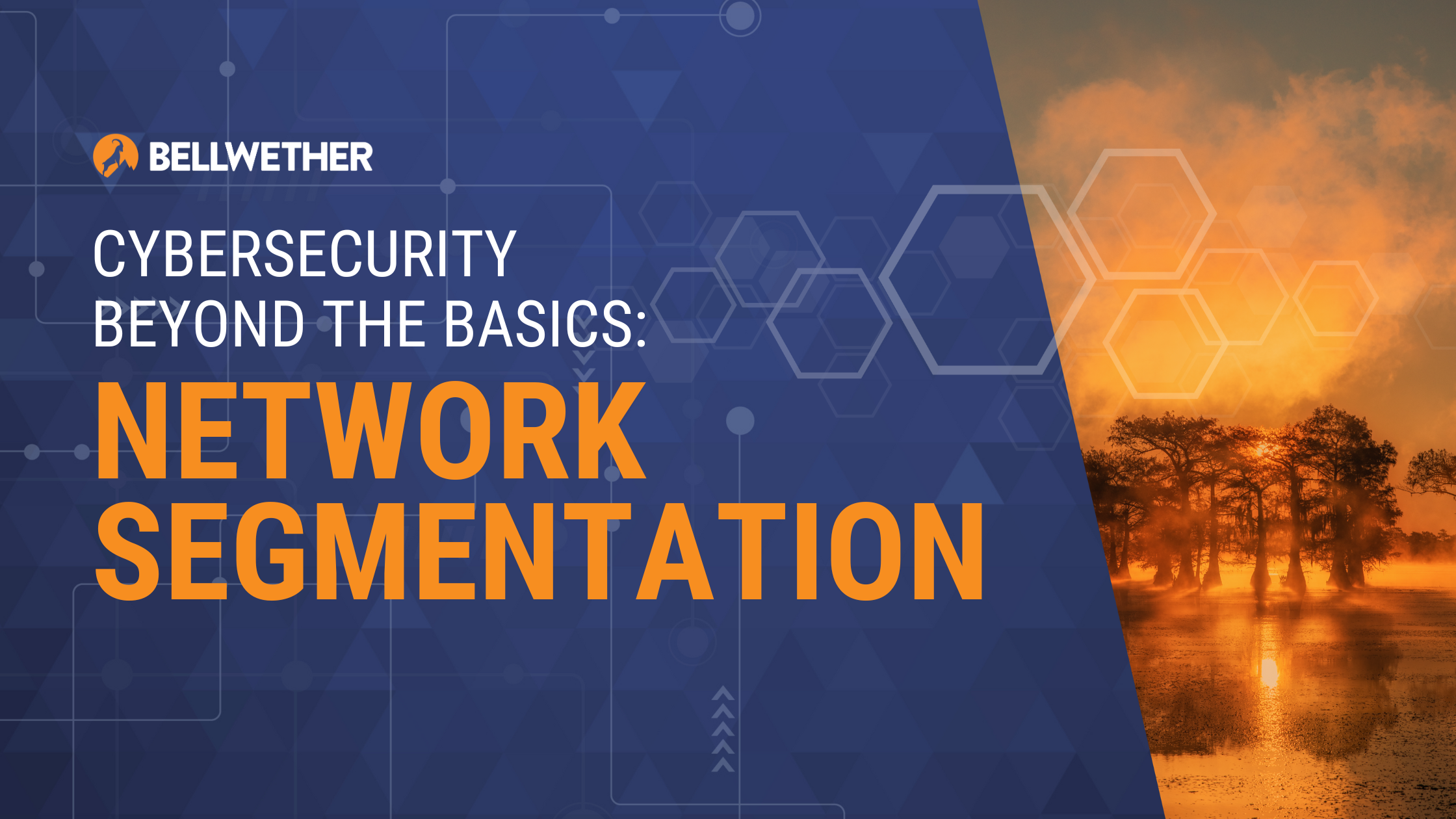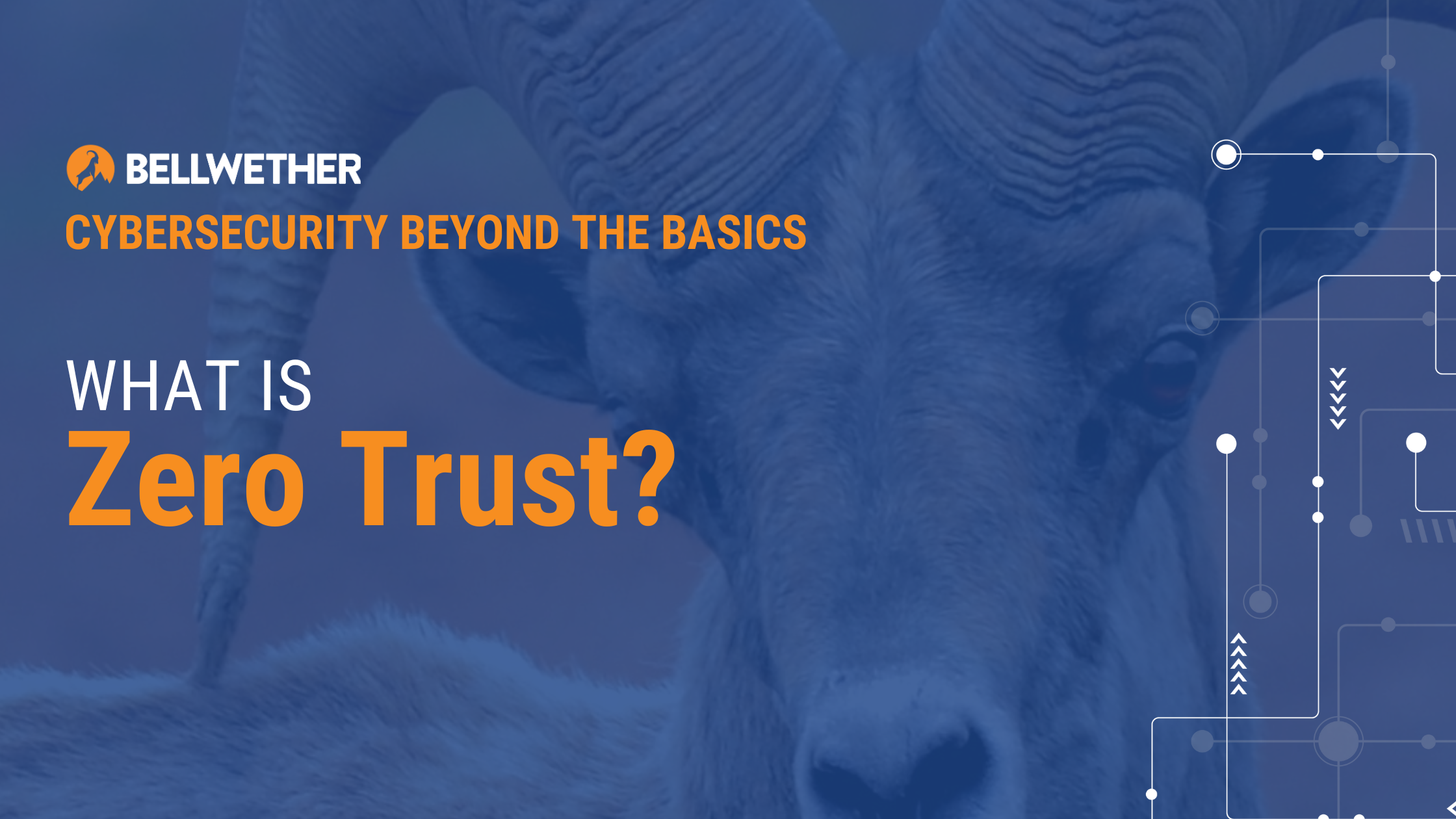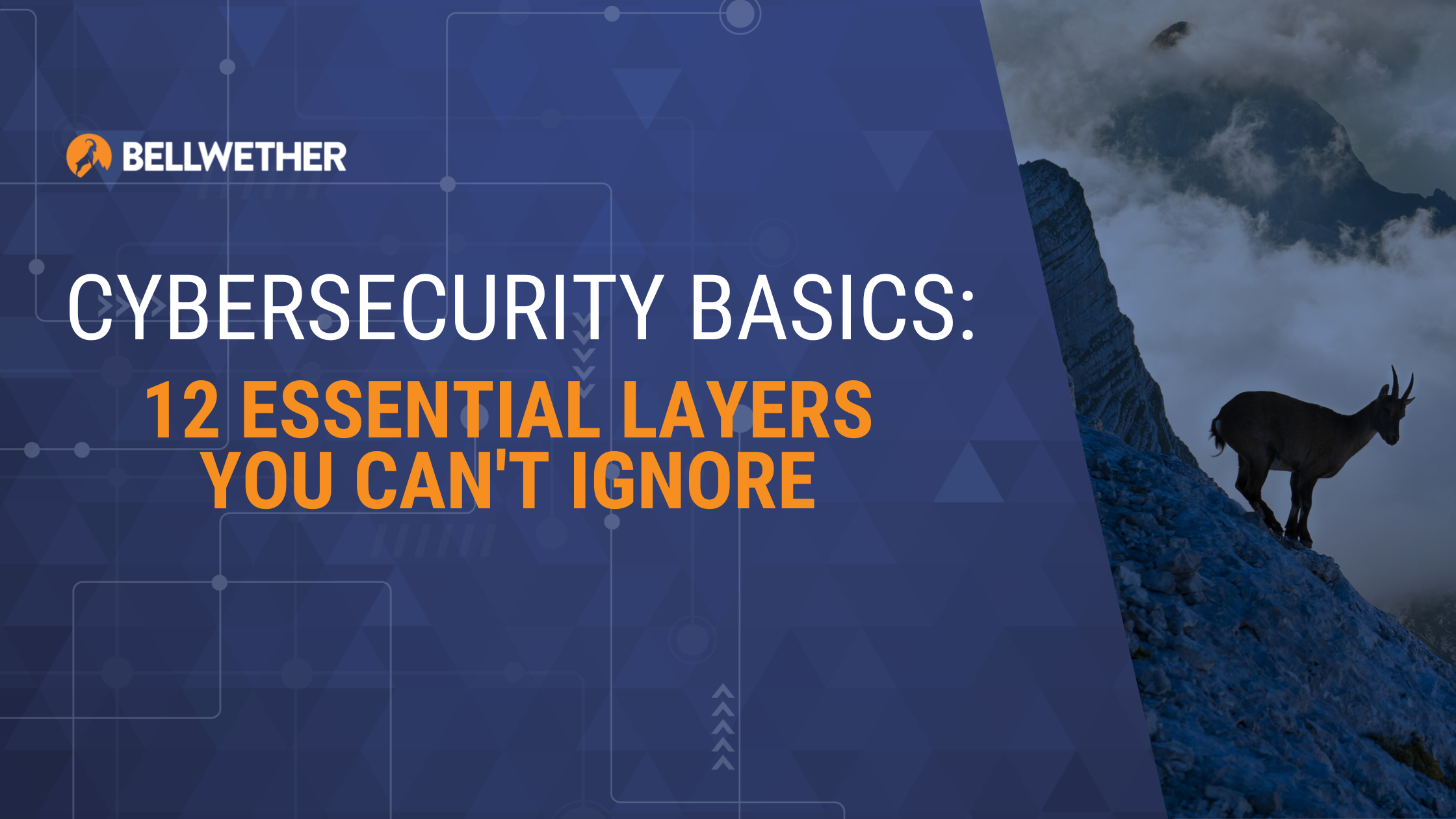
An employee gets an email that says their invoice is attached. Opening the attachment downloads a computer virus that encrypts the files on their computer in seconds. The virus spreads to other computers in the company and soon the entire network is taken down and a cyber-criminal is demanding a hefty ransom in return for the encryption key that’s required to release the data. This is what cyber experts call – a cold, dark day. It’s the day when you have a cyber-attack. While cyber-attacks like this ransomware scenario can happen quickly, these days it’s more common for the bad […]
Read More







